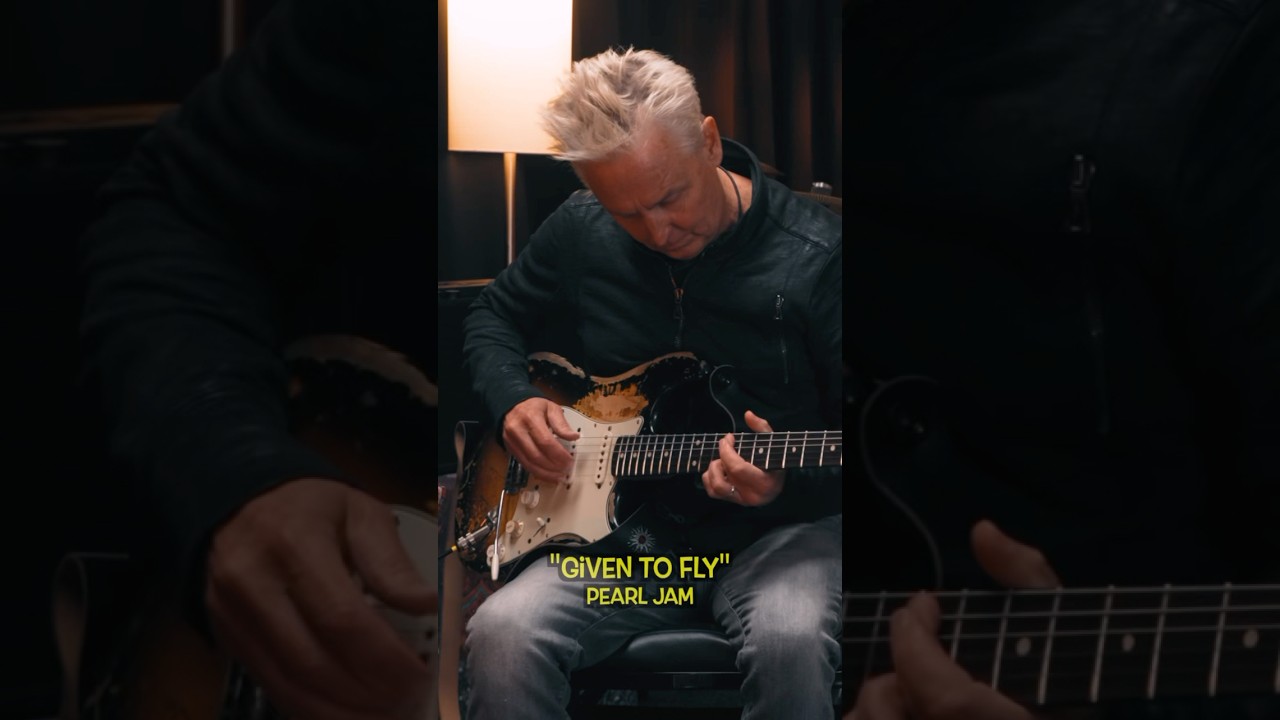YouTube has admitted to digitally polishing creators’ Shorts without their knowledge, following a growing wave of creator confusion that led to accusations of AI interference ruining videos.
The company claimed to have been “experimenting” with subtle machine learning enhancements on select Shorts videos. The tweaks are supposed to improve the videos’ clarity, but were made without the creator’s consent.
The issue first gained notice when musician and YouTuber Rick Beato noticed a clip of his interview with Pearl Jam guitarist Mike McCready on YouTube Shorts seemed odd, looking like it had been sent through a filter. He made a viral video about it, and many others started posting what seemed like similar changes made to their own videos.
You may like

Though some whose videos were affected leveled accusations that YouTube applied AI to the videos, YouTube was firm about it being “only” machine learning.
However, regardless of the tools used, the creators are more upset that their work was quietly altered in the first place. After weeks of mounting criticism, YouTube says it’s building an opt-out, according to Creator Liaison Rene Ritchie in a post on X.
Creators, we’ve heard your feedback on YouTube’s deblurring and denoising Shorts. There’s a lot of good stuff coming in that pipeline, tbh. But if it’s not for you, we’re working on an opt-out. Stay tuned! https://t.co/TYmF0WQVynAugust 26, 2025
AI visions
Despite YouTube likening the changes to computational photography, which improves smartphone photos, the key difference is obvious when considering the order of events. Smartphone enhancements are applied before the user ever sees the image. In YouTube’s case, the creators had already uploaded and approved their content, which was then changed behind the scenes after the fact, without notice.
YouTube’s reasoning is understandable, as Shorts are mobile-first, fast-scrolling, and often visually inconsistent. A little extra polish could help the scrolling experience feel more cohesive, with clearer videos and a better experience.
But for creators who feel responsible for whatever is posted under their name, unacknowledged changes undermine that creative ownership. Especially in a time when AI fakery is making viewers more skeptical of what they see on their screens already.
For instance, Netflix provoked a lot of outrage over “HD remasters” of classic sitcoms like A Different World. The AI involved made for some warped faces and uncanny backgrounds, not to mention the AI-generated posters for its content.
YouTube’s case is arguably more delicate. Unlike streaming platforms, where viewers have little control over the product, YouTube is a creator-driven ecosystem. If the platform starts altering what creators publish, even with good intentions, it risks damaging the trust that makes the whole system work.
YouTube’s promise of an opt-out is probably a necessary course correction, but one that came only after public pressure. If platforms want to keep the trust of their users and the creators who keep them alive, they need to be more transparent, regardless of whether it’s AI or simply machine learning that appears to mimic AI in the results.
You might also like
Services Marketplace – Listings, Bookings & Reviews
